Creating America: The Northwest Ordinance of 1787
The Northwest Ordinance of 1787 created the Northwest Territory, officially known as the Territory Northwest of the River Ohio, but also called the Old Northwest. This legislation, enacted by the Congress of the Confederation on July 13, 1787, was our country’s first organized incorporated territory and our initial attempt at expanding the new nation.
It called for 3-5 states to be created from this expansive area and, ultimately, five states and a partial one, were formed. These were Ohio, Indiana, Illinois, Michigan, and the great state of Wisconsin, while a part of Minnesota was also within this space.
This vast landscape was part of the area ceded by the British to the United States at the end of the American Revolution. It was bounded by Pennsylvania on the east, Canada and the Great Lakes to the north, the upper Mississippi River on the west, and the Ohio River to the south.
When the American Revolution ended, this territory was sparsely settled. In addition to a small group of American colonists, there were Native Americans tribes such the Shawnee and the Miami, some scattered French settlements, and a few forts the British had not evacuated as required by the Treaty of Paris.
One reason for the lack of Americans in this rich land was the Royal Proclamation of 1763. This decree by King George III on October 7, 1763 forbade settlement west of the Appalachians, along the line of the Eastern Continental Divide. His hope was to create a temporary buffer between the colonists and the Native Americans, and to better control the settlement of this territory.
Additionally, until the 1780’s, some individual states laid claim to different parts of this land. In fact, colonies such as Virginia and North Carolina believed their boundary on the west was the Mississippi River. Even Massachusetts, in distant New England, claimed a wide swath in present day Michigan and Wisconsin and did not relinquish their title in the northwest until 1785.
Connecticut had the most expansive and longest held claim to acreage in this area. According to their original charter from King Charles II, they believed their colony owned a strip of land approximately 70 miles wide from what is now northeastern Pennsylvania to the Mississippi. Not surprisingly, Pennsylvanians disputed this claim.
In 1786, Connecticut’s assembly ceded all their claimed land in the Old Northwest to the federal government, except for a small section that came to be known as the Western Reserve. This section they finally sold to the Connecticut Land Company (land speculators) in 1796 for $1,200,000.
In any event, all the state claims to the Northwest Territory had been relinquished by the end of 1786. You may wonder why all these states willingly surrendered their rights to this land to the federal government. Simply put, they did it for money.
All colonies had incurred enormous debts during the American Revolution. To get the various states to relinquish their claims to this area, Alexander Hamilton proposed that the national government assume their debt obligations in return for the states giving up their claims. Without exception, they accepted his offer.
The provisions of the Ordinance were significant and precedent setting. They prohibited slavery anywhere in the territory, essentially establishing the Ohio River as the dividing line between the slave holding and free states. In effect, this stipulation extended the Mason-Dixon line as far west as the Mississippi.
In many ways, the charter foreshadowed our national Bill of Rights in that it mandated many of the same natural rights later found in that great document. For instance, the Ordinance enshrined freedom of religion, property rights, trail by jury, no cruel and unusual punishment, as well as others.
Finally, it emphasized public education be made available to all citizens, to include a provision for a public university. This dream became a reality in 1804 with the establishment of Ohio University in Athens, OH. Importantly, it was the first college ever chartered by an Act of Congress.
WHY IT MATTERS
So why does it matter to us today that the Confederation Congress passed the Northwest Ordinance? The Northwest Ordinance was significant for several reasons. First, it established that the federal government would control westward expansion and have sovereignty over new territories instead of the existing states simply expanding west.
Additionally, it established the precedent that all new states created out of American public domain lands, those areas owned and managed by the federal government, would be admitted as equals to the original thirteen states.
Finally, it was the first time our nation spread its wings to the west and began to fulfill our destiny. That alone makes it something worth remembering.
SUGGESTED READING
The Pioneers by David McCullough is a great book on the early settlement of the Northwest Territory. Published in 2018, it tells an inspiring story about how our forefathers created a nation out of the untamed country.
PLACES TO VISIT
Marietta, Ohio is the town featured in McCullough’s book noted above. Set on the banks of the Ohio River, it has a beautiful waterfront area and many restored historic buildings. Well worth a visit.
Until next time, may your motto be “Ducit Amor Patriae,” Love of country leads me.

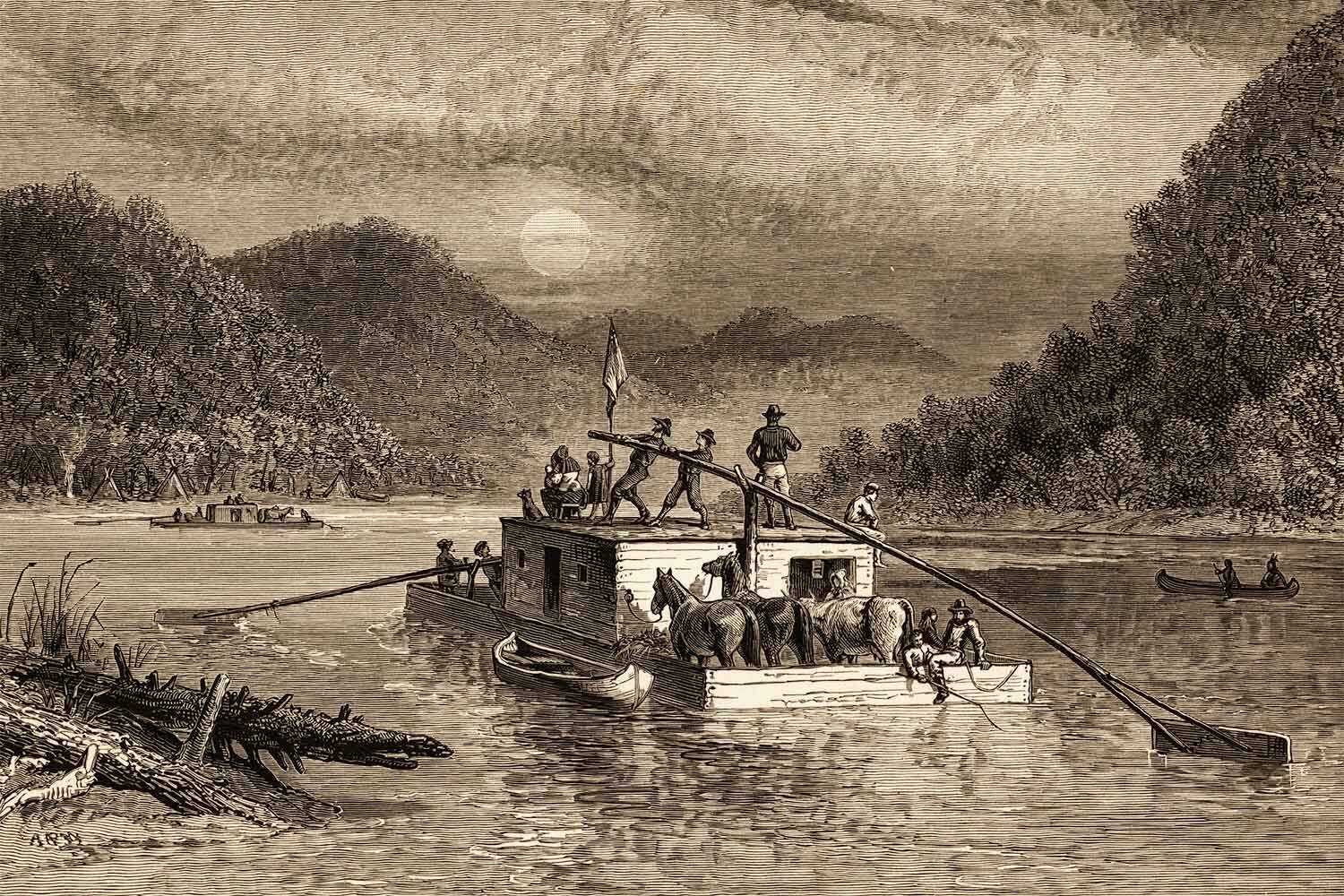
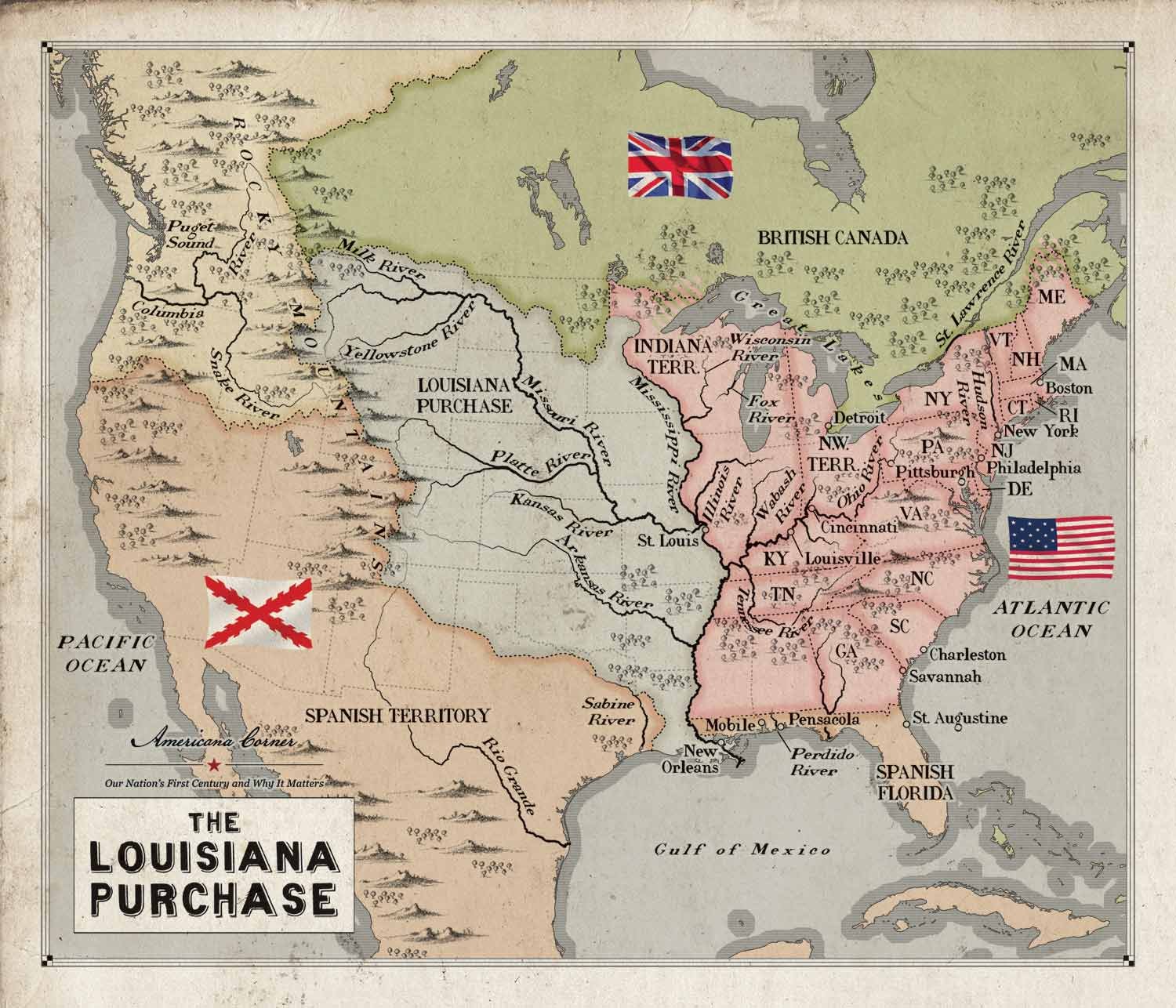
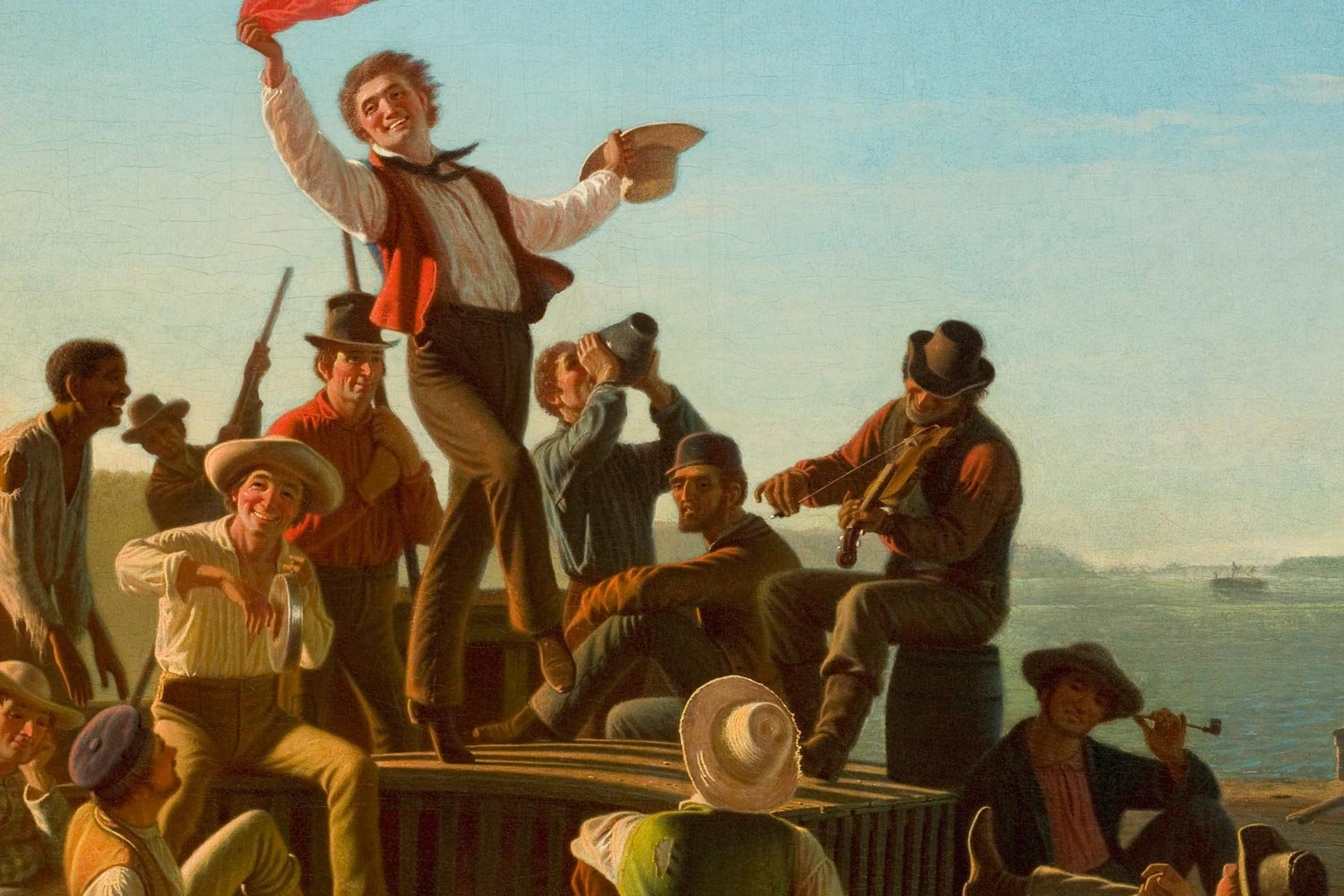

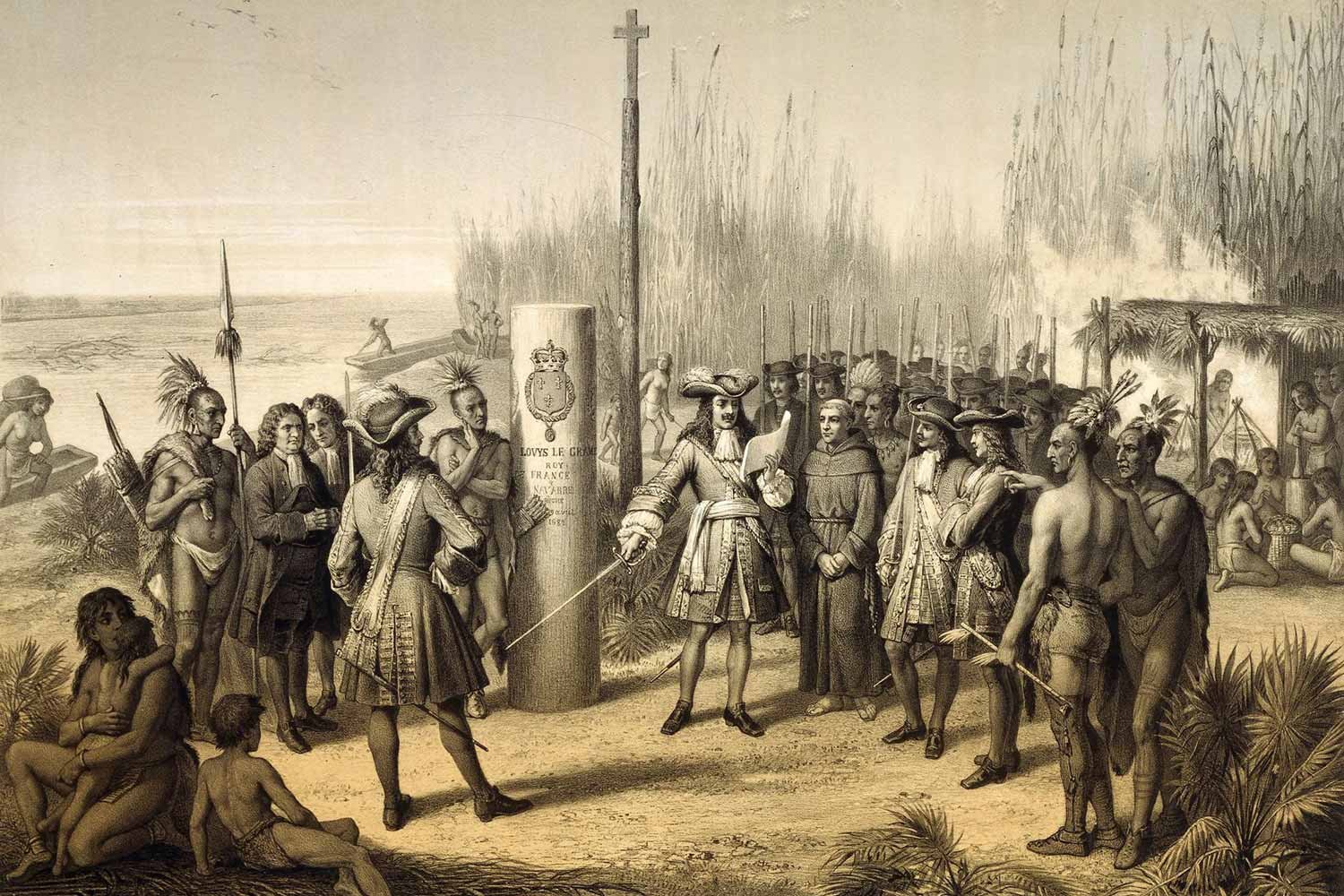
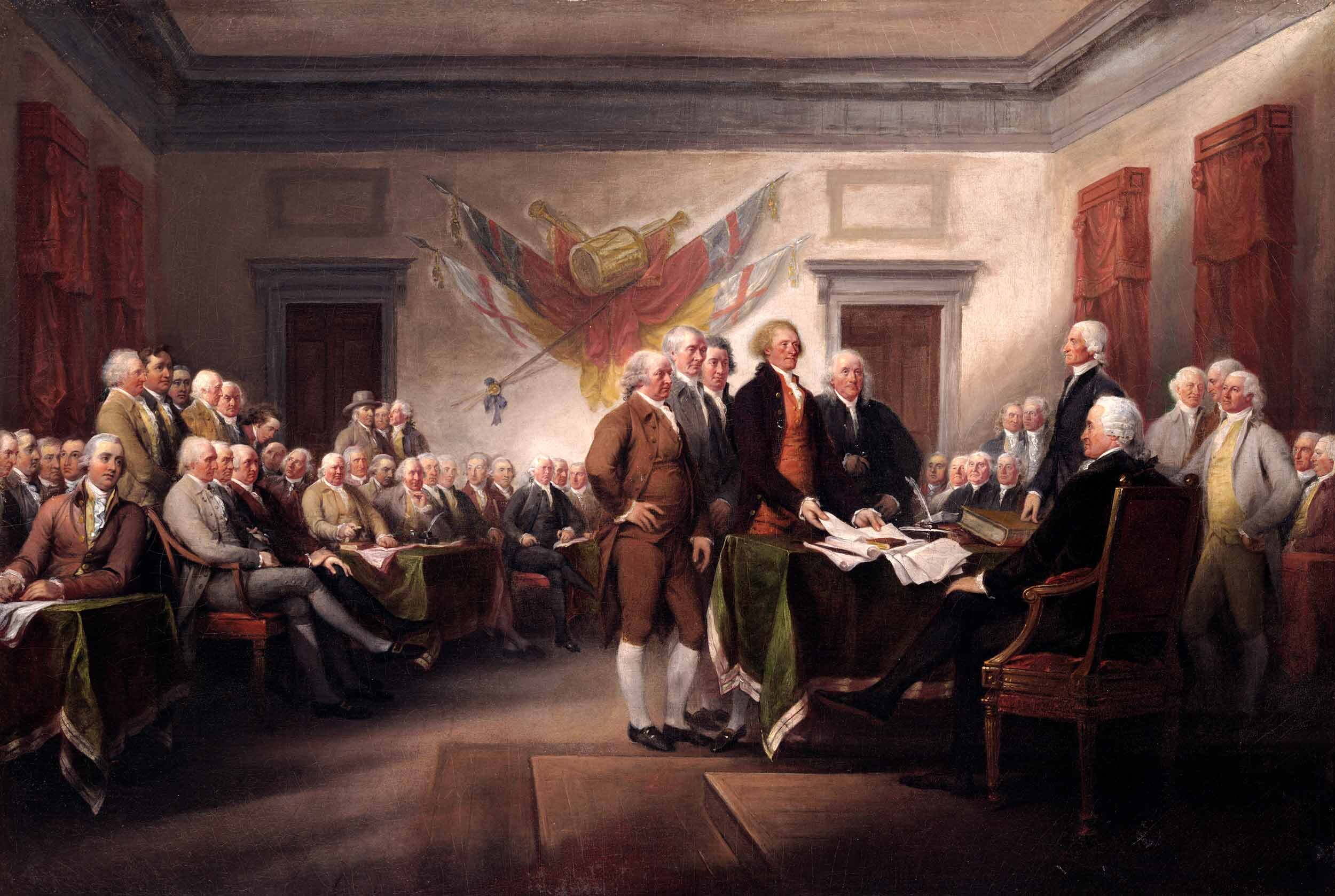
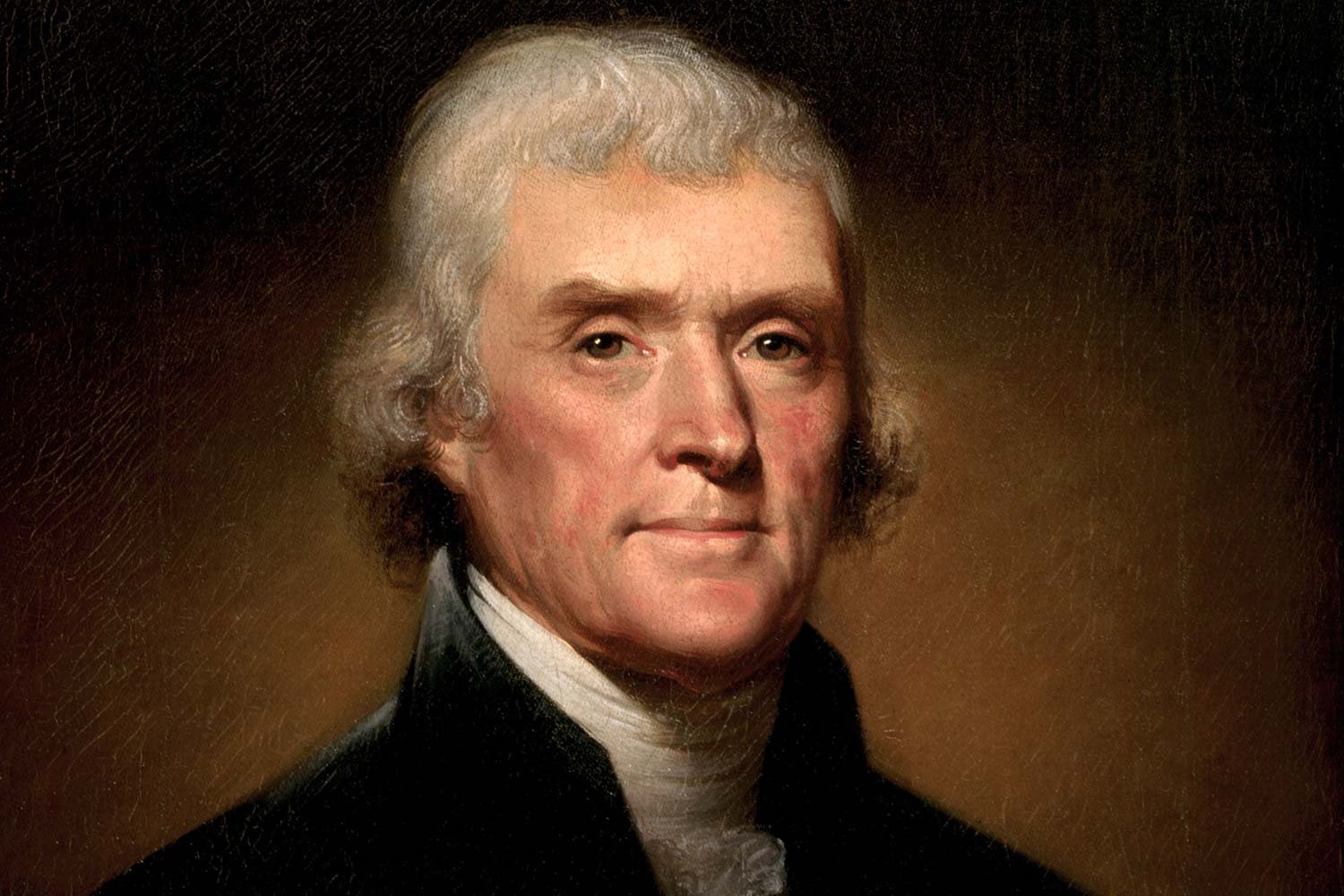

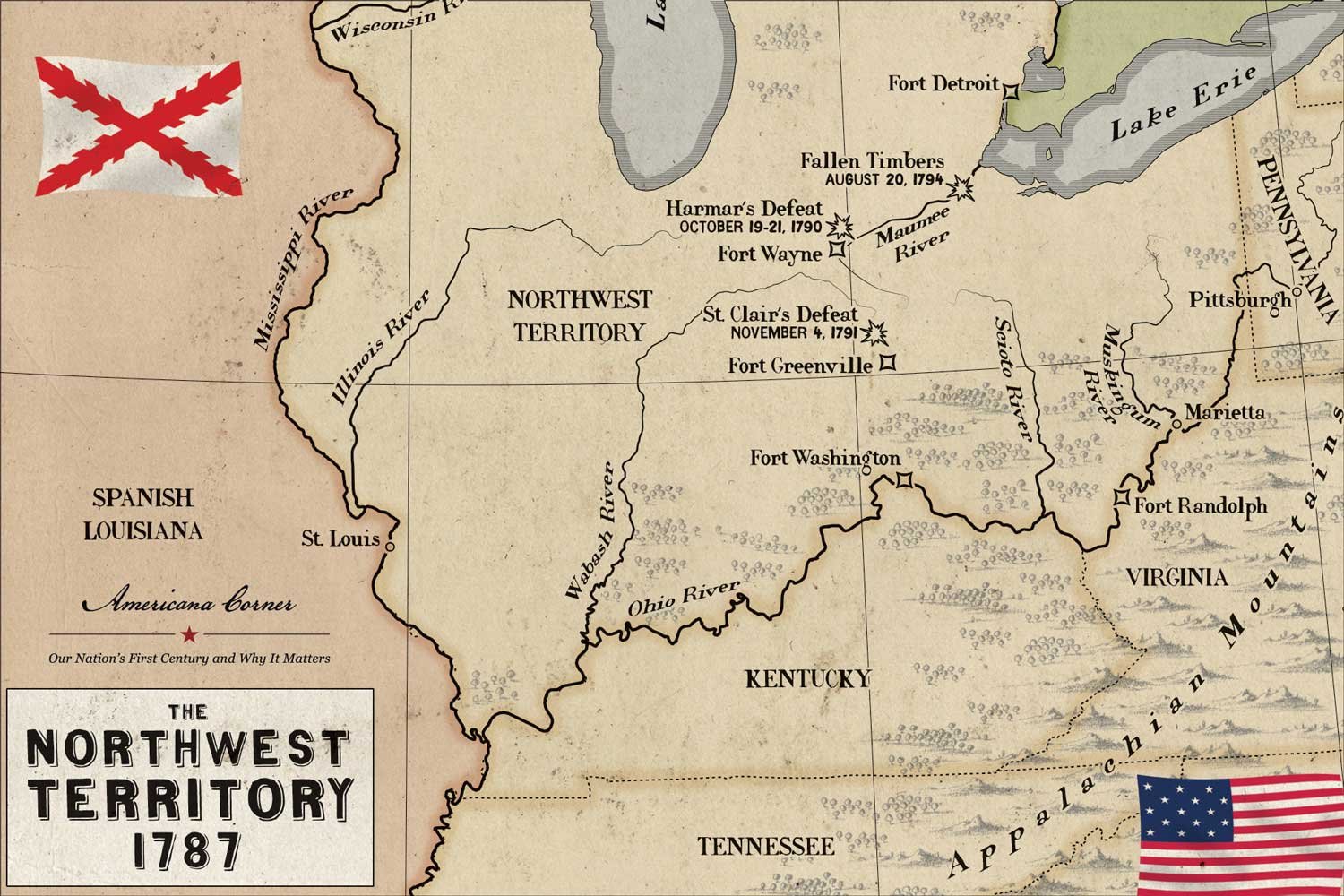

The dream of finding an all water route across North America, the mythical Northwest Passage, had been imagined since the time of Christopher Columbus. Incredibly, three hundred years after the Admiral of the Ocean Seas completed his epic voyages, the vast interior of the continent was still essentially unknown to Europeans. This great uncertainty led to numerous theories about what lay beyond what men could see.